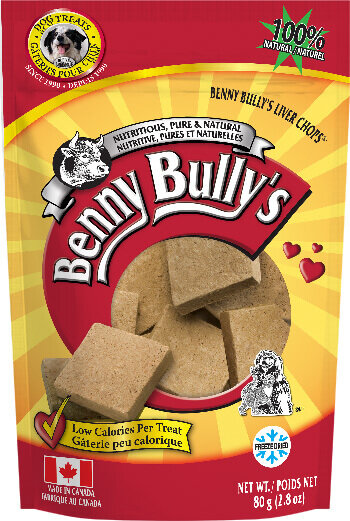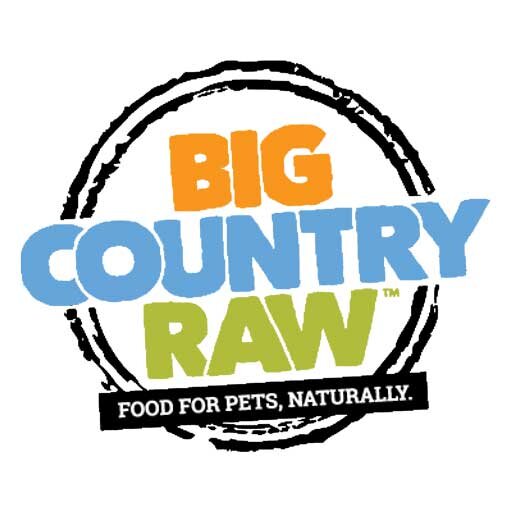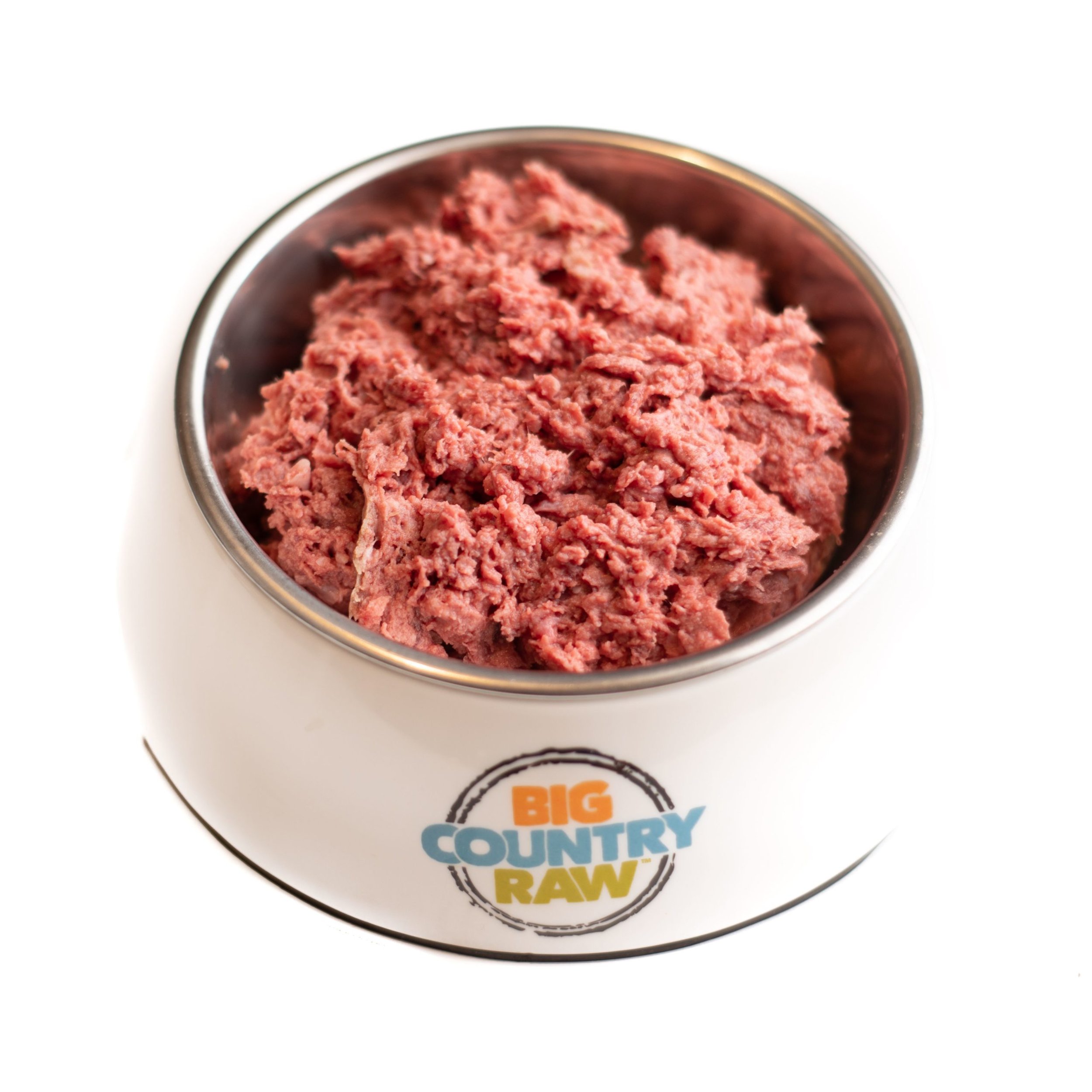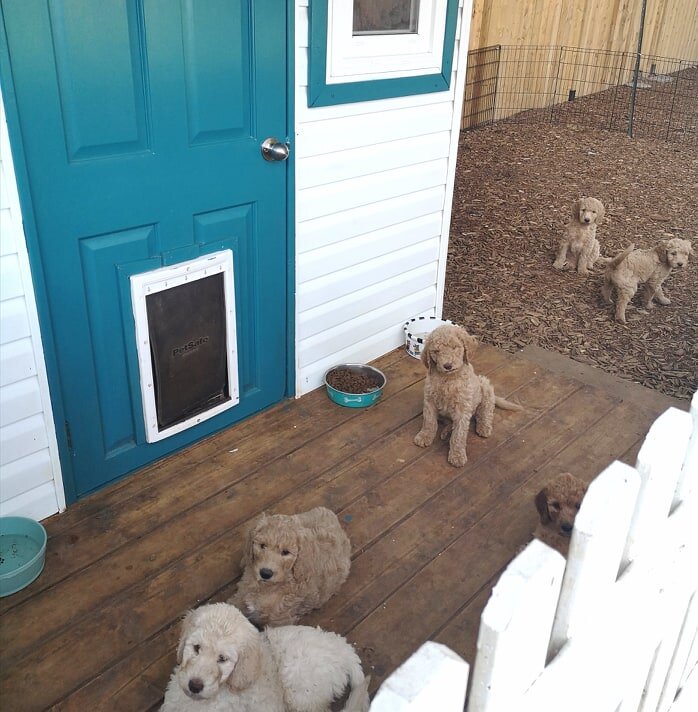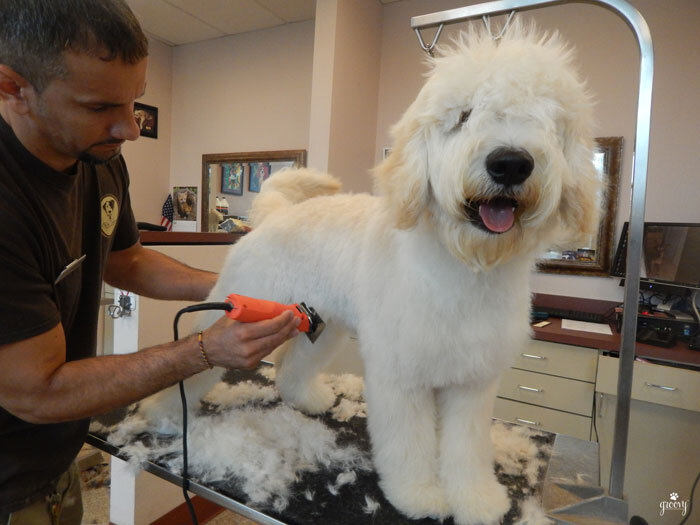CONGRATULATIONS! YOU’RE BRINGING HOME A PUPPY…
NOW ROLL UP YOUR CARPETS AND HIDE EVERYTHING THAT YOU VALUE FOR THE NEXT 18 MONTHS! NO JOKE!
PREPARATION…WHAT TO HAVE READY
HERE’S A LIST OF PUPPY SUPPLIES WE ENCOURAGE YOU TO HAVE ON HAND IN ADVANCE OF THE BIG DAY
CRATE: SIZED FOR YOUR PUPPY’S PROJECTED ADULT WEIGHT
BABY GATE (OPTIONAL)
DOGGY BED: BIG ENOUGH TO ALLOW FOR GROWTH
OLD TOWELS
BLANKET
FOOD: PLEASE SEE DETAILS BELOW
HEALTHY NATURAL TRAINING TREATS
HEALTHY NATURAL CHEW TOYS
FOOD BOWLS
COLLAR & LEASH, SIZE SMALL (Save the fancy collar till your pup is 5 months and ready for medium or large.)
POOP BAGS
BOOK: THE ART OF RAISING A PUPPY BY: THE MONKS OF NEW SKETE
PAPER TOWELS & OXYGEN BLEACH FOR ACCIDENTS
feeding
IN THE BEGINNING
after breeding for 12 years, we have found that nothing makes a healthier puppy than raw food. Our choice for meat is Big Country Raw brand raw dog food.
For the first 2 or 3 days after bringing puppy home, we suggest that you continue the raw-only model until you new pet settles in and gets into his stride.
Our recommendation is to maintain a raw diet but if you wish to add kibble, once puppy is settled, eating and feeling more relaxed in his new surroundings, this is when you would begin the introduction to kibble. Ponsonby recommends only the highest quality of kibble, and maintaining at least 2tbsp of raw with each meal. Not only does the inclusion of raw promote a balanced diet, it also adds excitement to your dog’s meal so they are not living off of crackers their entire life. When adding kibble to the diet this must be done very slowly, while maintaining two distinct meals per day. Do not introduce free feeding. Free-feeding can be detrimental for adult dogs by having a negative impact on dental, digestive and metabolic health.
When your puppy first goes home we recommend feeding the following twice per day:
1/3-1 cup of quality meat that is specially formulated for dogs. measurement is puppy specific and a Ponsonby team member will provide you with specific feeding information during your puppy pick up appointment.
Your puppy should enjoy this very much and eat all the way to the end. If she doesn’t eat it all, monitor over a few days and reduce the amount of food you give. If your puppy is gobbling it all up with gusto, you can increase the amount of food according to her weight and the feeding guide on the label of food.
STRESS & FEEDING DURING TRANSITION
The single most stressful time of any dog’s life is a transition to a new home. Some puppies will refuse their food for up to 24 hours. Other puppies may experience loose stool, or diarrhea. Feed your puppy according to the above instructions through this transition.
LOOSE STOOL
If stool becomes loose from stress for longer than 24 hours, we recommend supplementing your puppy’s gut with probiotics for at least 7 days. Within 24-48 hours you should see improvement. As stool returns to normal, continue the probiotics for at least one week and monitor stool to make sure it is firm and healthy.
TREATS & CHEWS
We choose to keep our treats, rewards and chews as natural as possible. Single ingredient training bits, including dehydrated liver are a healthy option. They can be broken up into tiny pieces for training and don’t contain additives and chemicals. Benny’s Bully Treats is a popular brand of dehydrated liver.
PUPPIES LOVE TO CHEW!!
For chewing we prefer real, raw bones. We like Big Country Raw brand. Marrow bones can be a good option. They are natural, affordable and reusable. Once your puppy has chewed away all the marrow, the bone can be re-filled with peanut butter, or raw meat, and then frozen. Remove & throw away marrow bones when they begin to chip.
We avoid rubber, plastic and synthetic chew toys and stuffed toys. Stuffed toys are destroyed quickly, and release toxic plastic batting into the dog’s digestive system.
If you want to give your puppy a stuffed toy, look for a well made, well sewed brand, made from natural fibers with either no-filling, or non-toxic stuffing.
HOUSE & CRATE TRAINING
HOW WE START OUR PUPPIES
Ponsonby puppies begin house training at just 3 weeks of age. This provides puppies with the opportunity to develop their natural instinct and leave the bed to eliminate. Its amazing to see how quickly a 3.5 week old puppy learns!
At 5.5 weeks of age Ponsonby puppies move to our Puppy Houses that are specifically designed to support house-training concepts. Once in our spacious, climate-controlled puppy houses, babies have 24/7 indoor/outdoor access to designated eating areas, and big mulch play yards. Their natural progression is to sleep indoors and use their mulch yard for pee and poop. It works like a charm and puppies naturally learn quickly to use indoors for sleeping only.
WHAT YOU NEED TO DO NEXT
When your puppy comes home, they will already be familiar with the concept of sleep-inside/poop-outside which will assist you in your next steps.
Remember, PUPPIES DO NOT PEE OR POOP IN THEIR DEN. Your job is to teach your puppy that your house is her den. Once she knows this, she will look to go outside when it’s time to eliminate.
You can teach your puppy quickly by being attentive and dedicated to taking your puppy outside at half hour intervals during waking hours, whenever you are home.
Also when your puppy wakes from a nap, quickly take her outside within 60 seconds if possible.
When your puppy pees and poops outside, heap love, praise and (optional) treats upon him. If you want him to go in a specific spot, take him to that spot every time you go outside, and praise him heavily when he succeeds. You should see success come quickly before 12 weeks of age. And remember that perfection takes time. Be gentle and compassionate in your training.
Negative reinforcement is never an effective training tool when puppy pees or poops in your house. If you scold your puppy for peeing and pooping in the house, they won’t understand. The message you will give your dog is that peeing and pooping is wrong which could lead to house-training problems and a sneaky pooper!
ON LEASH IN THE HOUSE?
House training can be a little tiring sometimes. If you want to zone out at the computer or with a book (do folks still do that?), we recommend having your puppy on a leash secured either nearby or on your wrist. That way you will notice when they become restless and you won’t miss the training opportunity to take them outside.
MULCH BOX OUTSIDE
Whether you have a balcony, or a big back-yard, you might like to set up a designated mulch yard to train you puppy to use as a bathroom-area. Mulch is easy to clean up and will spare your lawn and shrubs.
TO CRATE, OR NOT TO CRATE…..
At Ponsonby, we encourage crate-training puppies for an initial number of weeks until they have bowel control and a basic understanding of where is out and where is in.
Place puppy’s crate as close to the exit door as possible. The first few nights can be difficult both for puppy and new parents. Some pups settle in quickly, others cry for long periods of time. We say, “begin as you mean to continue.” If you require your puppy to be crate trained and learn to be alone for limited periods, it’s important that you fortify your emotions and hunker down to crate training. Decide how long you will leave your puppy to cry without being soothed. In some cases this may take up to 30 minutes.
During the day, leave the crate uncovered. At bed-time you may choose to place a dark coloured sheet or light cover over the crate as a signal that its time for sleep. Ensure that there is enough ventilation.
Once a puppy is routinely dry and clean trough the night we opt to increase overnight and alone-time spaces to a larger confined space instead of a crate. This is to give a puppy more space to move around in, but only after they have learned to pee and poop outside. The larger space is always controlled and safe with suitable bones and chew toys provided and nothing dangerous of valuable is left within reach.
Some families will choose to crate train for longer, and this is fine as long as your crate provides enough room for comfort and is made to be an enjoyable space.
EARLY DAYS
For up to the first week during overnights, or if your puppy will be left for over 2 hours in the crate during daytime hours, its recommended to cover half the crate with bedding and the other half with paper, so that puppy can relieve himself on the paper in a space separate from his bedding. As you experience success with bladder control and outdoor training, you can reduce the amount of paper and eventually stop papering inside the crate.
Make sure you leave puppy with adequate, healthy and delicious chew toys and treats to keep him happy and make his crate a welcome place.
GROOMING
TOP KNOT, MUSTACHE, LION TAIL & POODLE FEET! THERE ARE SO MANY OPTIONS…..
If you brush your puppy a few times every week, you should be able to wait till 4-5 months of age for your first official hair cut.
By 5 months of age, tufts of puppy hair may begin to break off his coat and you will find them on the floor. This is not shedding; this is only breakage and a sign that the first trip to the groomer is due.
Before this time it’s recommended to gently and carefully cut the fur away from puppy’s eyes with round-edge scissors. Its best to do this with 2 people, one to hold puppy still and the other to cut. Always reinforce good behaviour with heavy praise and an (optional) treat.
Ponsonby Dogs hike the back fields around our home and often get full of burrs and mud. Because of this, we clip our dogs bodies very short, and leave a little fur on the face, ears and tail for panache!
If you plan to have a very outdoorsy, nature filled dog-life, we recommend a short “retriever clip” done with a #7 clipper, “poodle feet” and a 2 inch “lion tail.” This will take their coat down very short and make it easy to keep clean and maintain. Doodle hair grows between the toes, and foot hair-cuts are important.
If you’d like a more stylish, longer look, consult with your groomer and decide upon a style that suits your lifestyle and the amount of time you have to maintain a healthy coat. A quick “Google” of “Doodle Clips” will provide you with dozens of options.
You should visit your groomer every 3-4 months after your initial visit and sooner if you choose a longer style. A trip to the groomer should always include a full shampoo bath, nail clipping and ear pulling. This should all be provided for under $100.
A private groomer who provides a quiet and not-so-busy environment for your dog is recommended to keep stress levels to a minimum. Grooming can be frightening for a dog of any age.
If you choose to experiment with grooming yourself, please read up on “ear pulling.” The hair in a Doodle’s ears never stops growing. If it is not removed every few months it will become impacted and cause infection. Also keep foot hair in-between the toes clipped.
